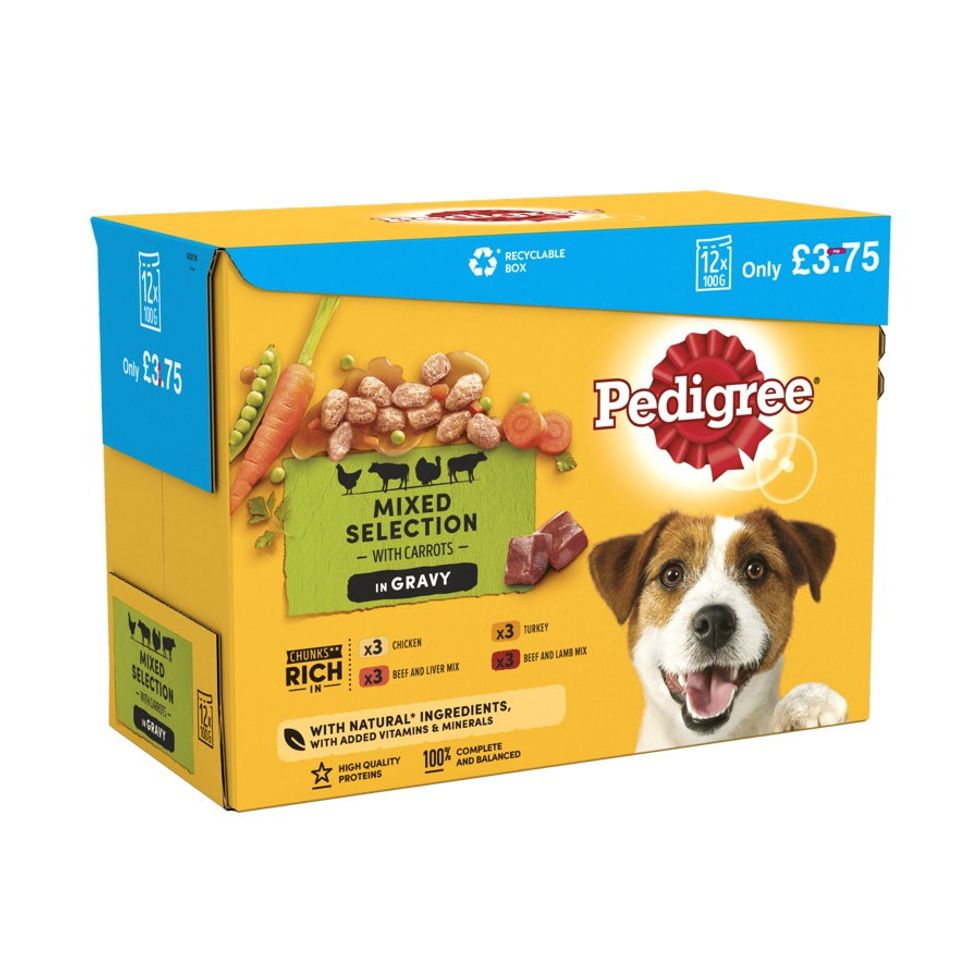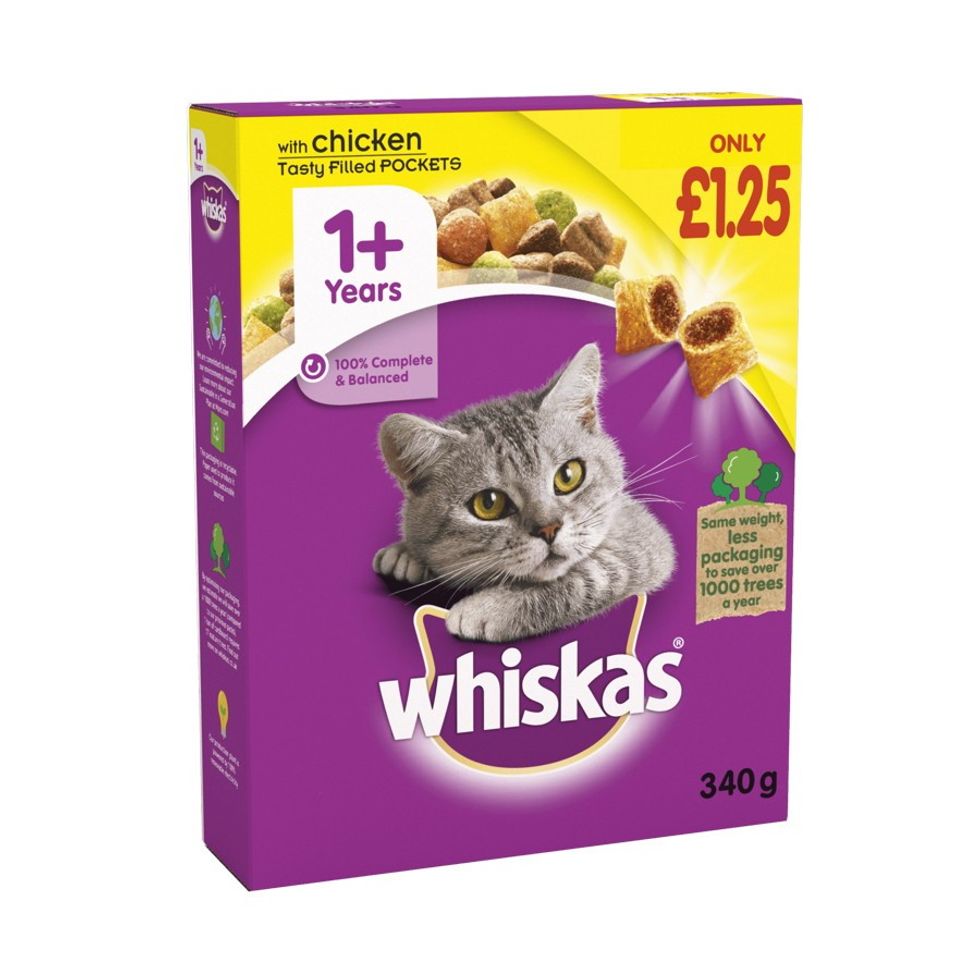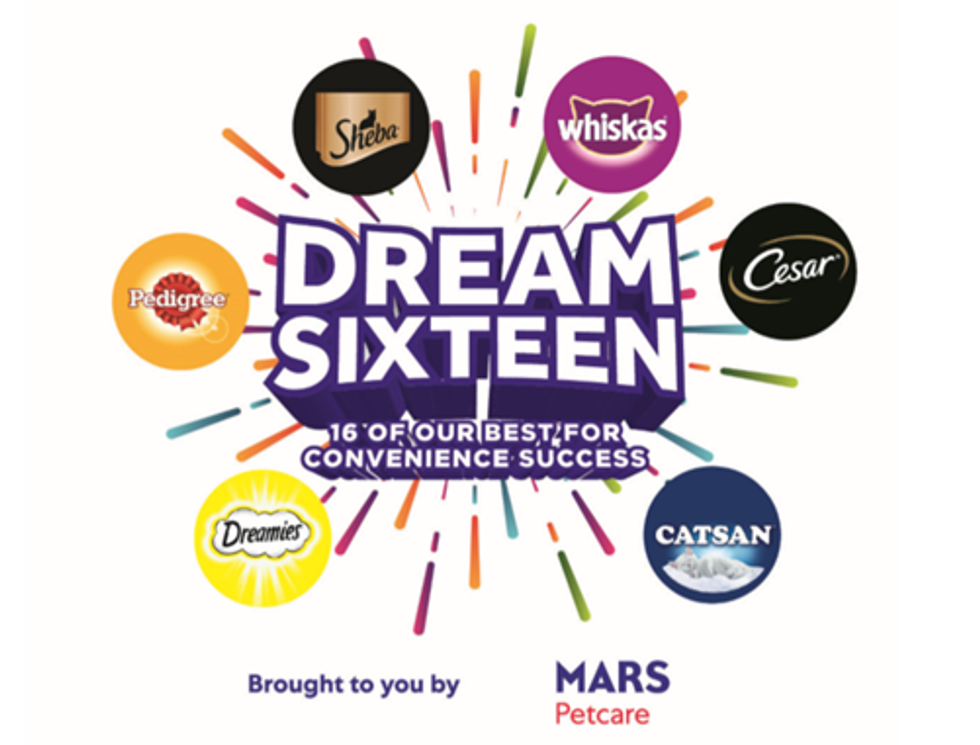How much has the pandemic affected the petcare sector?
In the past two years there has been a notable shift in the petcare sector, as was to be expected during a time when more people were at home with their pets or seeking out a new furry companion to keep them company during lockdown. It is fair to say that Britain was is in the midst of a pet population boom, which was driven partly by the pandemic, but also by the growing understanding of the benefits of pet ownership on our mental and emotional wellbeing. The demographics of pet ownership changed too, with the new generation of pet-parents being dominated by Millennials and Gen Z. New channel dynamics also emerged as the pandemic drove huge numbers of people to shop for petcare products online.
What is the complexion of the current change – what major trends in pets and products for them do you see?
We have noticed there has been a growing preference for smaller dogs in Britain. This could be a result of the number of single-person households having increased. Smaller homes with fewer people living in them are, arguably, better suited to smaller dogs, which typically require less exercise and outside space. As Britain’s population of smaller dogs continues to increase, so does the demand for wet food as this is typically easier for smaller breeds to chew and digest. It is important for retailers to cater to the specific needs relating to life stage and breed by ensuring availability of big-name brands such as Pedigree and Whiskas.
We have also seen an increase in ownership of pedigree cats. Britain’s Persian cat population more than tripled to 309,000 animals between 2016 and 2020. This presents huge opportunities for retailers. Owners of pedigree pets are more likely to be inclined to spend more on specialist nutrition, treats and other petcare products and we continue to see growing demand for products inspired by regional cuisines in human food influencing what shoppers want to feed their cats. We launched the Sheba® Fresh Cuisine range and also developed our Creamy Snacks sachets to meet this demand and help pet-parents foster a closer connection by allowing cats to be hand-fed.
How are pets’ tastes changing – literally: what flavours and forms of food and meals (and treats) are becoming more or less popular?
Wet pet food has seen a significant rise. With an increased number of people spending more time at home due to flexible working, many have switched to wet because fewer people now need to leave a bowl of dry food out at the beginning of the day before leaving for the office. Wet food is also generally perceived to be a more enjoyable meal for our dogs, offering high levels of animal proteins and a variety of tastes and textures.
It’s similar for cats; single-serve wet formats account for more than three quarters of market value1. This growth in wet pet food is down to a range of factors, one being that many consumers are becoming more mindful of their impact on the environment. This has increased the demand for aluminium packaging (most wet dog food is packaged in cans) because it can be infinitely recycled.
Assume a shopkeeper knows nothing about animals: what are the kinds of merchandising advice you would give them to best sell products to pet-lovers?
It is crucial for retailers to maintain a core range of best-selling products as we know that 63 per cent of visits to c-stores are for top-up shopping missions2. Stocking these core ranges helps avoid disappointing shoppers and enables c-stores to compete with grocery and online. Our Dream Sixteen range is perfectly designed to assist retailers progress their footfall and sales momentum, by addressing the shift in shopper habits and priorities to more luxury choices – whilst desiring good value. Spanning across its bestseller brands, Pedigree, Sheba and Cesar, the Dream Sixteen range features three price-marked packs – all carrying RRPs of £3.75 - £4.75 to appeal to those shoppers who prefer this format.
With the new generation of pet-parents being dominated by Millennials and Gen Z, it’s also important that retailers offer guidance through their store offering by stocking well-known brands that will add a level of comfort to shoppers in the early stages of purchasing these types of products. On top of this, we’ve seen consumers gravitate towards trusted brands over the last year, so our recognisable brands – Pedigree and Whiskas – are ideal for retailers to target this surge in demand.
How would you persuade retailers to go “upmarket” when they stock their shelves?
Premiumisation has long been a key driver of petcare sales, but the last year or so has seen the trend grow in popularity even further, with more owners viewing their pet as a child or family member. With such strong sentiment, it’s no wonder that premium offerings are continuing to drive petcare sales. This is particularly true of convenience, where sales of luxury brands have increased by 18.4 per cent for cats and 19.7 per cent for dogs3. Therefore, it is important for retailers to utilise this opportunity in store by increasing space for these products, building excitement with new launches and offering temping promotions to boost these sales further. This is where our Dream Sixteen range plays a key role – a reinvigorated range of must-stocks that should form the core of a retailer’s petcare offering. The Dream Sixteen also includes three price-marked packs (PMPs): bestsellers from Pedigree, Sheba and Cesar carrying RRPs of £3.75 - £4.75 price-mark.
What are the nutritional trends in feeding pets – is the science approach dominant, or is protein “superfood” or luxury cuisine doing better now?
A key trend for petcare is natural credentials such as “clean” ingredients, recipes inspired by the diets of our pets’ wild cousins, avoidance of grains and other cultivated human food stuffs. Anything artificial is eyed with suspicion. Our Natural Goodness range from Cesar taps into this trend, offering shoppers something even more luxurious to Cesar’s core range. It contains a higher meat and animal derivative content (+12 per cent) and lower fat content (-1 per cent) which will appeal to those health-conscious pet owners.
Nearly half of petcare category sales are through supermarkets. What is the best strategy for convenience to increase its share?
With 52 per cent of convenience shoppers being more likely to shop elsewhere if their brand isn’t available4, it is key for retailers to offer a wide variety of product options in order to meet the needs of customers and encourage shopper spend. Retailers can drive greater loyalty and longer, more fruitful customer relationships by getting to know their customers and aligning themselves with the wants and needs of pet-parents through the range of products and services they offer in store. Retailers should raise awareness of their petcare range via front of store displays or aisle ends and promote their store offerings on social media.
We have also noticed that shoppers are trading up in terms of pack size, with shopper penetration of single-serve wet cat food in seven to 15-pouch multipacks seeing growth of 17 per cent and 101g to 200g packs of dog treats up 42 per cent. By increasing distribution of larger packs, c-store operators can increase spend while helping consumers feel like they are getting good value from a local store.
Likewise, as convenience goes increasingly online and local shopping becomes more “sticky” with each passing Covid variant, how would you advise retailers to make long-term pets out of their petcare customers?
We saw online shopping take off during the pandemic as it is increasingly being used to deliver more tailored solutions, which we know a younger generation of pet-parents are hungry for. It hosts a broader range that is specifically designed for pet lifestyle, stages and breeds. The challenge for retailers over the next year is encouraging them offline and shopping once again in-store.
It is important for retailers across channels to appeal to new shopper demands and we are seeing great examples of this, with retailer subscription services, dedicated “pet shops” within larger sites and education zones online to further support pet-parents. Retailers can also compete by offering click-and-collect or delivery services when shoppers spend a certain amount or help retain shoppers by making their store fronts more pet friendly. Retailers could offer a safe place for shoppers to leave their dogs and provide fresh water bowls outside.
You talk about the long-term (post pandemic) future as being pet-filled, not least because of the psychological comfort afforded by furballs. Describe how you see the sector growing and changing over the next few years and what you would like to see.
We expect the petcare category to continue to grow over the next few years with online shopping driving this growth. Pet population growth is also driving lasting changes in society that reflect the priorities of the new generation of pet-parents. As consumers actively seek out more products and services that align with their own values, it is important for retailers to meet this demand by stocking products that are sustainably sourced and packaged in recyclable materials. Retailers could also offer recycling points in stores for pet food packaging or refill zones consumers can visit to stock up on dried pet food.
As the demographics of pet owners change, so do consumer behaviours and values, with 87 per cent of millennial and 94 per cent of gen Z shoppers saying they expect brands to be working to address social and environmental issues5. We’ve recently rolled out our Sheba Hope Reef Programme, working towards our global ambition of restoring 185,000m2 of coral reef by 2029 and engaging with shoppers in a new way. Sustainability is at the heart of our efforts to create “A Better World for Pets” and therefore, the creation of the Sheba Hope Reef programme brings an important issue to the forefront among pet lovers and beyond. Fish is an important ingredient that allows us to provide pet owners with healthy, nutritious and high-quality pet food.However, sustainable fishing depends on the sea’s resources and this can only be achieved by supporting these incredible natural assets through our Sheba Hope Reef Programme.
1NIELSEN 52 W/E 17 JULY 2021
2IGD 2021
3 Nielsen Homescan April 2021
4Peggy Dashboard 22.02.2022
5SOURCING JOURNAL - HTTPS://SOURCINGJOURNAL.COM/TOPICS/SUSTAINABILITY/ QIMA-SOCIAL-ENVIRONMENTAL-ISSUES-165663/




